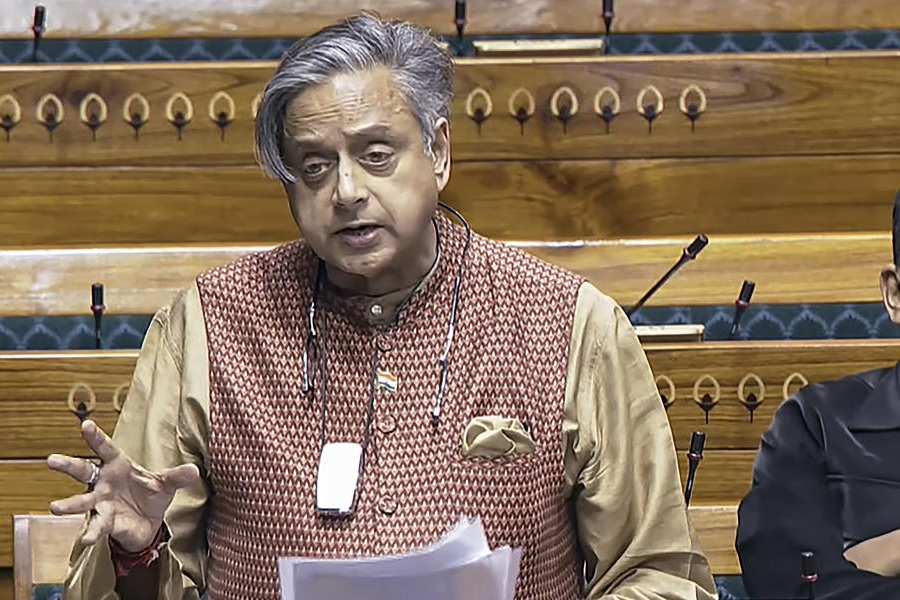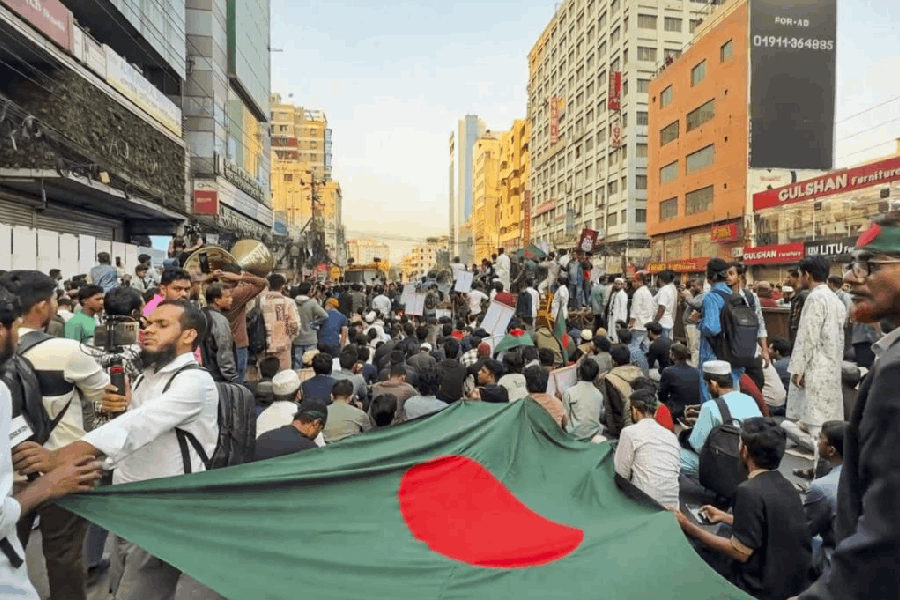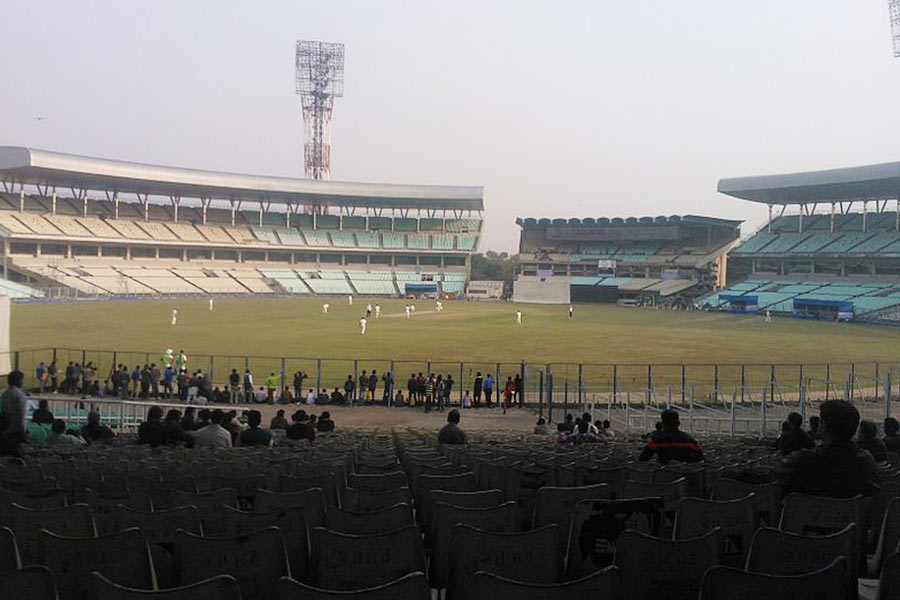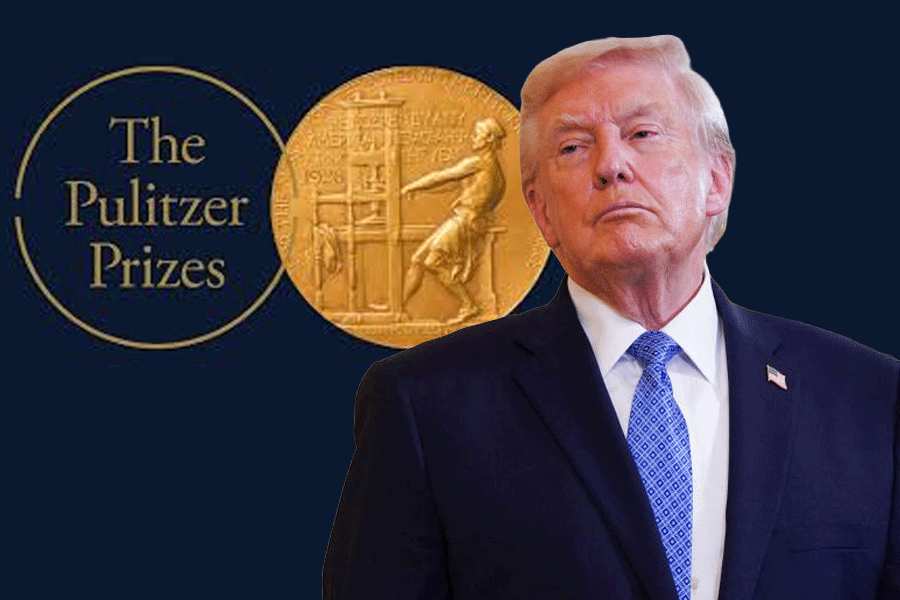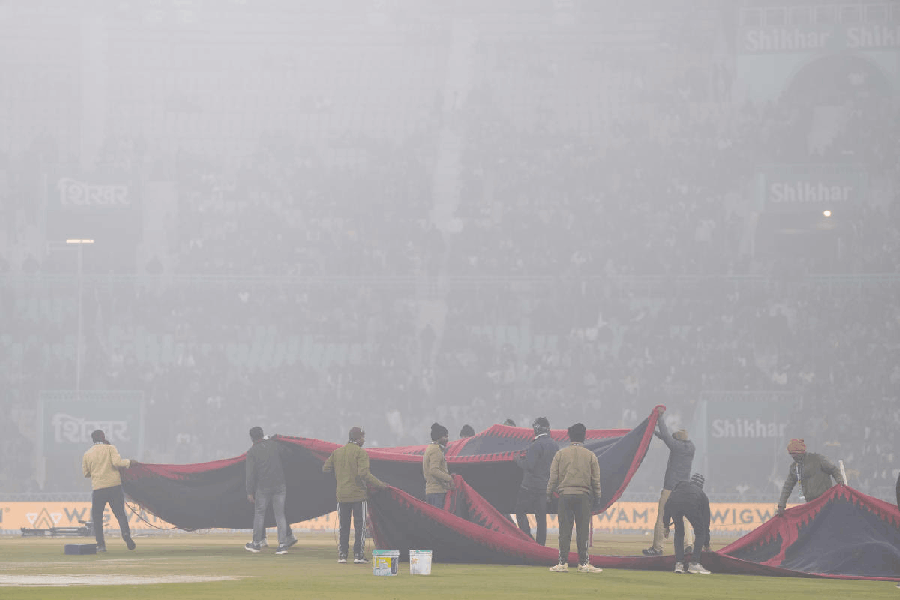.jpg)
New Delhi: India is keen to change the rules of origin clauses in free trade pacts, including the South Asian Free Trade Agreement, to give its industry greater protection from Chinese goods routed through other countries using the trade deals.
With the US-China trade war escalating, Indian policy makers fear Beijing will increasingly route its manufactures into the Asian markets.
The trade deficit with China has already increased to $62.9 bn in 2017-18 from $51.1 bn in 2016-17 out of a bilateral trade worth $89.6bn in the last fiscal.
Since China does not have any free trade pact (FTA) with India, policy makers feel Beijing will use other countries in South East Asia and South Asia, such as Bangladesh, with which India has FTAs.
Officials point out the Confederation of Indian Textile Industry has already brought to their notice the growing use of Chinese cloth and yarn in garments from Bangladesh.
India has not imposed any sourcing restrictions on less developed countries (LDCs), extending the duty-free, quota-free facility to all such 49 LDCs on a unilateral basis. Analysts believe China can well use the LDC route.
Besides Bangladesh, within Asia, Nepal, Afghanistan, Myanmar, Maldives and Cambodia are LDCs.
"This in itself is a matter of some concern. What we need to guard against is any attempts to sell Chinese products by mere re-packaging or minor value addition in a third country which enjoys duty free status in India," the officials said.
The Narendra Modi government has already doubled duties on some 328 textile items in a quiet move last week, making imported garments costlier.
The textile sector is India's second largest job creator after agriculture, and accounts for about one sixth of its total exports. Officials said the textile industry has been crying hoarse about the worsening terms of trade and Chinese dumping post the trade war with the US.
"We have more leeway in imposing tariff on textiles if we feel we are under pressure. It is a priority sector for India," said Biswajit Dhar, former director-general of RIS and currently professor, Centre for Economic Studies & Planning, JNU.
India imported some $21.3 billion worth of electronics last year, and this is expected to go up despite the higher tariffs to encourage local manufactures, especially telecom instrument.
The country has already increased its basic customs duty on printed circuit boards, including populated, stuffed and loaded PCBs, as well as camera modules and connectors used in mobile phones to 10 per cent from zero, seen as part of a bid to kick-start the much hyped "Make in India" campaign launched some three-and-half-year back which was supposed to entice foreign manufacturers especially electronics makers to Indian shores.
Officials warned if China starts dumping the mild tariff walls created by India may not help to stem imports.

.jpg)
